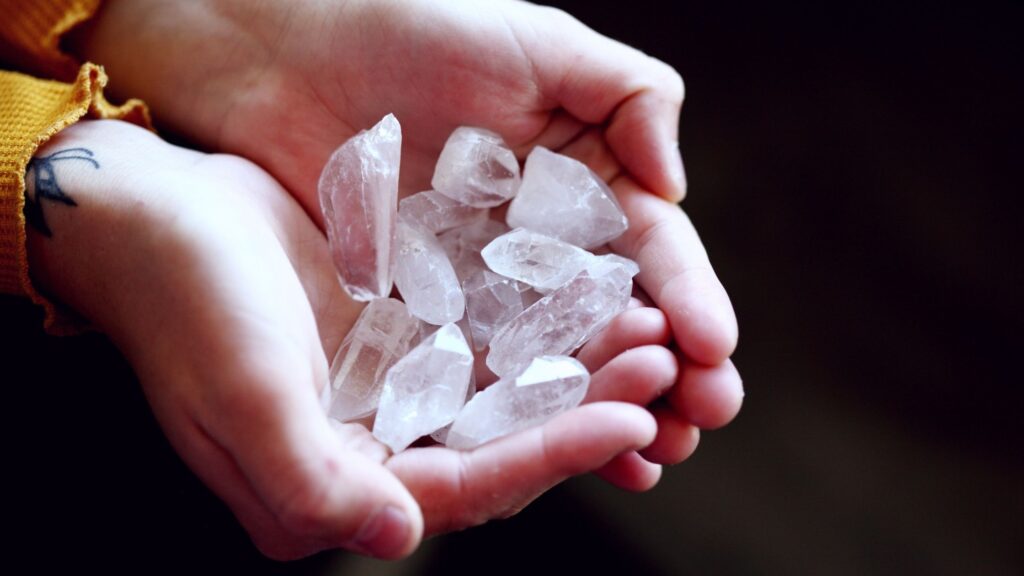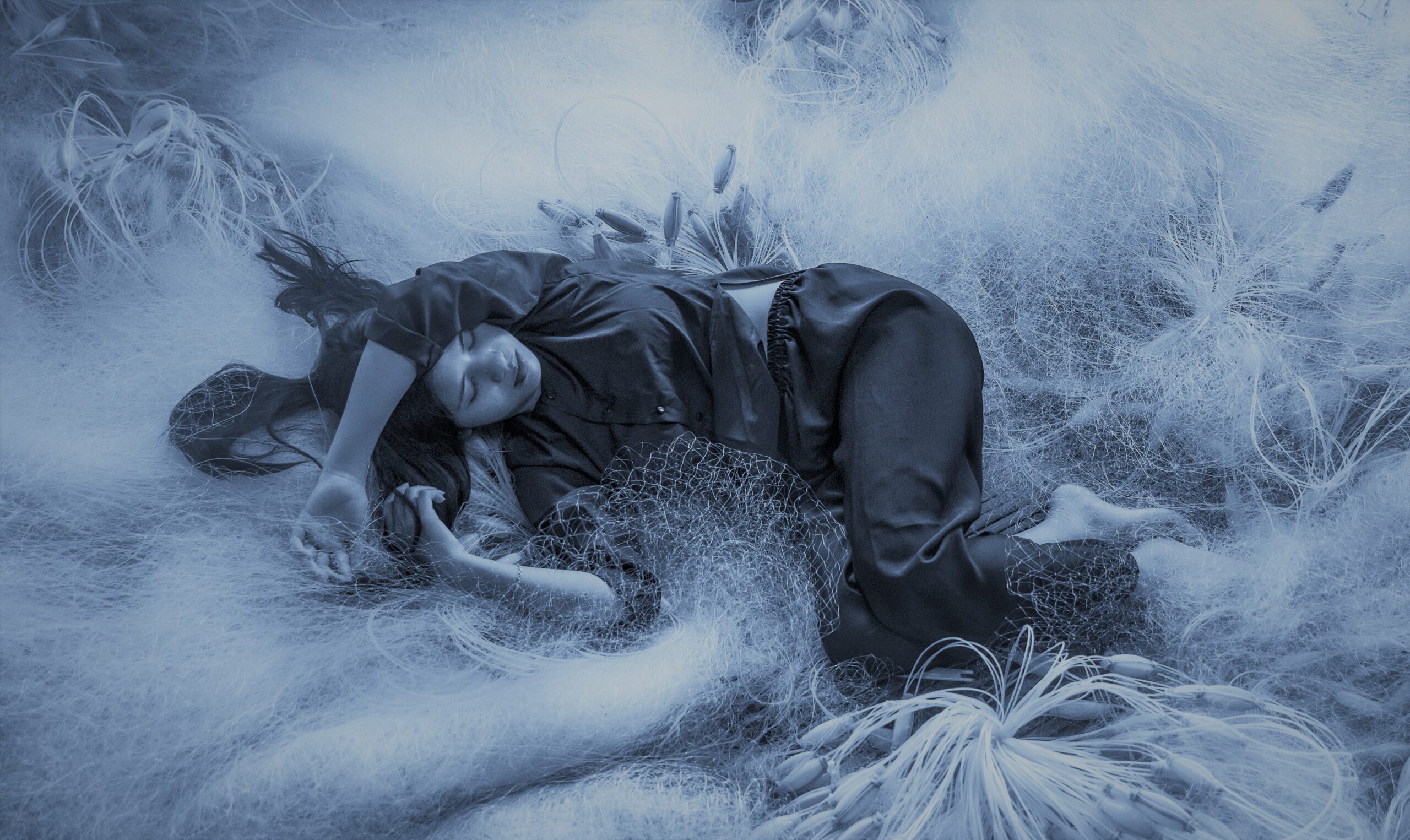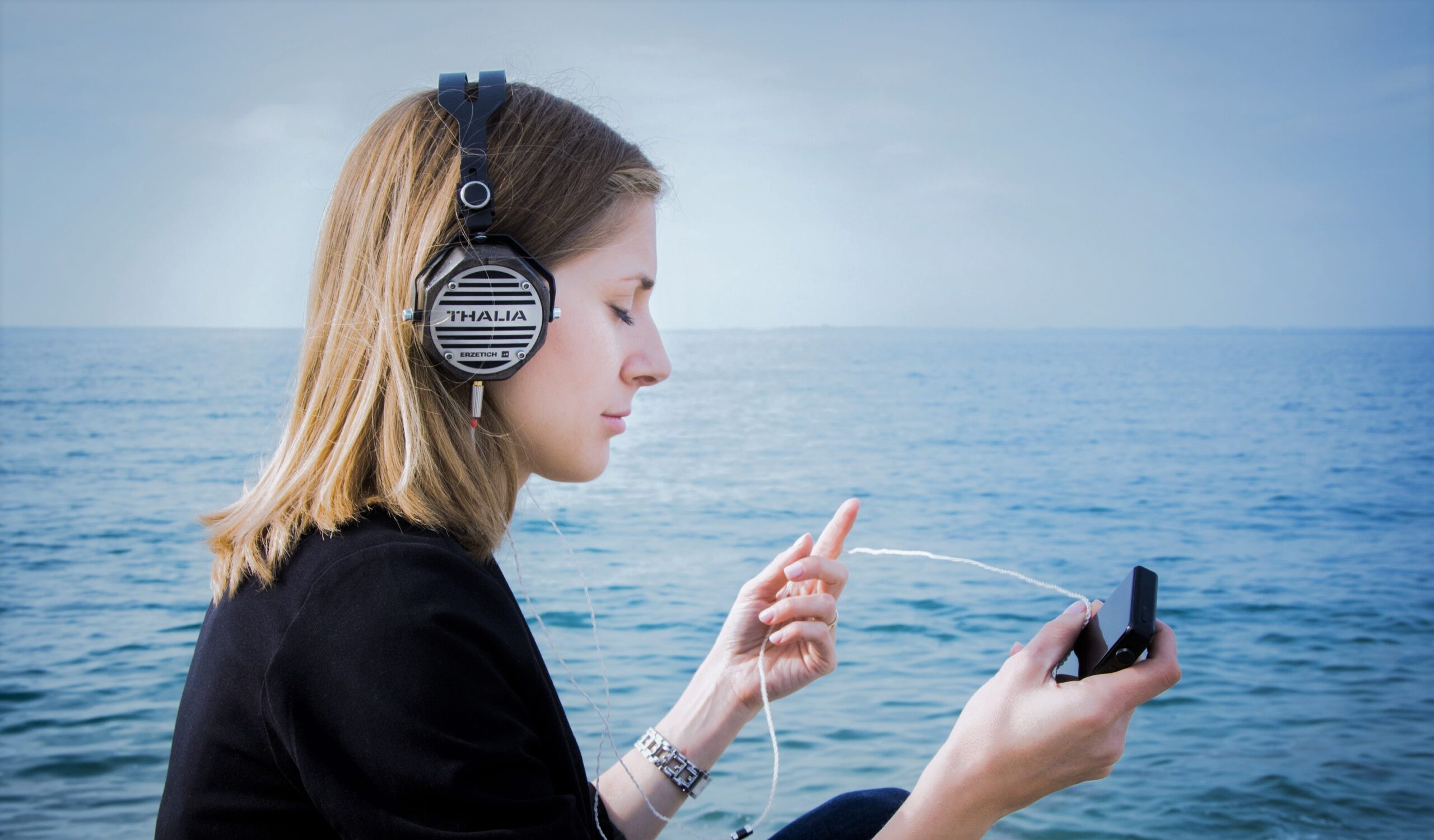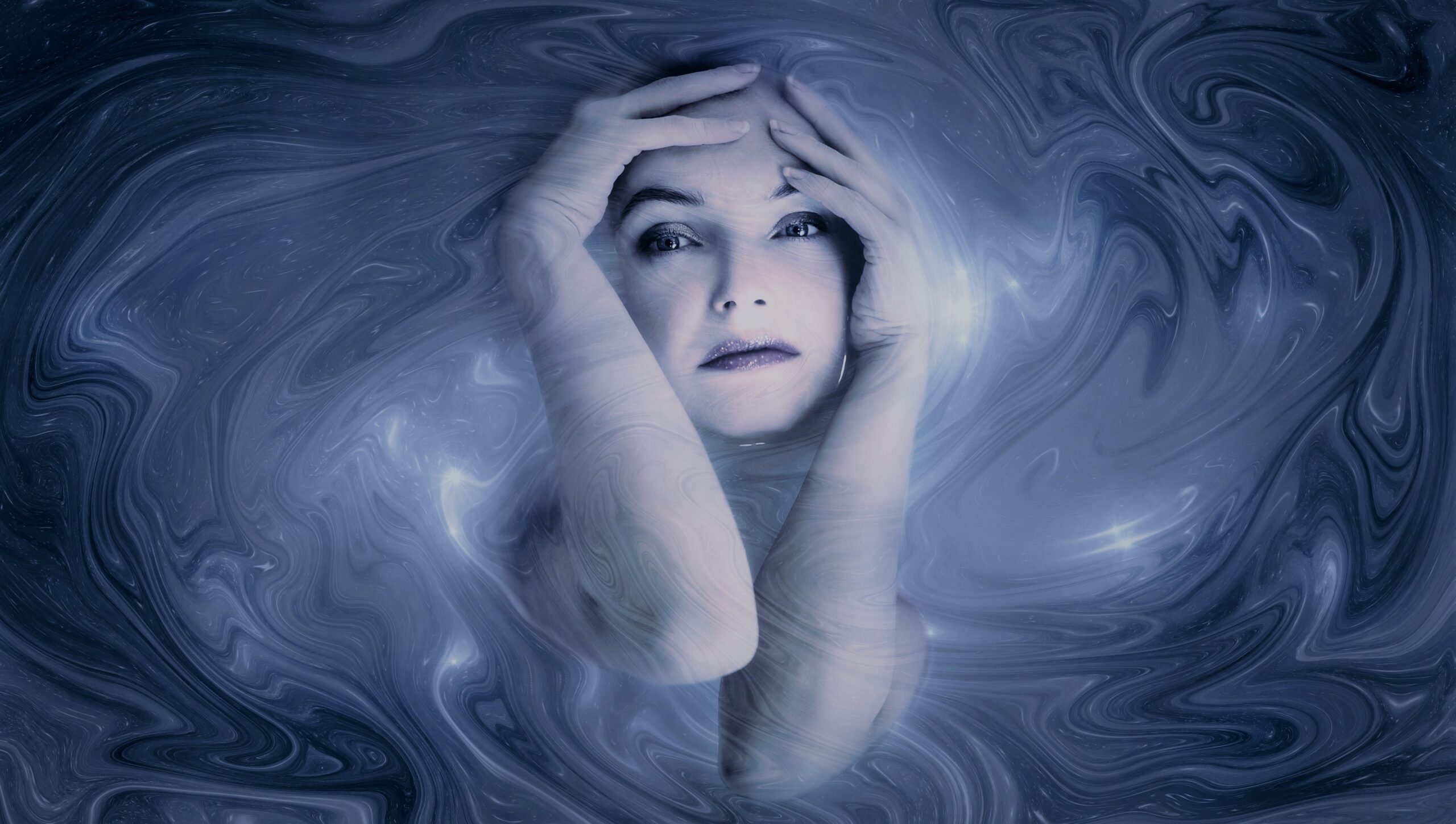Find Out if Your Crystals Are Real
Crystal healing and magick are rising in popularity and accessibility. You can easily buy crystals online and physical shops exist in some rural areas.
However, crystals are natural stones. That means they can be somewhat rare and expensive. But many people don’t know this and are easily fooled by scammers who sell fakes.
Why You Want the Real Thing
Although manmade, synthetic stones are great for decoration or people who charge them under the moonlight, most who seek out crystals should choose the real thing instead.
This is because the high vibrational energy of crystals that so many seek comes from the stone’s entire lifespan on Earth. Each crystal is an individual natural battery that absorbed the historical energy around it within the depths of the earth to make them what they are today. This can’t be copied in a laboratory environment.
However, while I wouldn’t suggest buying something like manmade quartz, crystals that are designed to create an entirely new type of stone are an excellent addition to any collection.
For example, aura quartz has an iridescent sheen that can’t be found in nature. It helps to cleanse your aura and heal at the cellular level. Fitting, for a crystal made with technology!
What to Look for When Shopping
The best way to avoid fake crystals is to not buy them in the first place. There are a few things to keep in mind:
- Weird or “fruity” names like strawberry quartz are usually an indication of a fake crystal
- Crystals with strongly saturated hues
- A perfect looking crystal with no blemishes or imperfections
- Glassy appearance – no crystal looks as clear as glass
- Air bubbles which indicate the fake is made from glass (similar to the appearance of marbles)
In addition, the shop that you purchase your crystals from should be properly vetted. Ideally, they’ve state where the crystals are supplied or mined from openly in their description or general shop information.
This is a problem more with online retailers than physical shops, but it wouldn’t hurt to ask customer service. Those who fake crystals often have no expert knowledge and will be reluctant to provide information.
However, be patient with shopkeepers in physical stores: they’re often paid a low wage and may not have memorized the source information for each individual crystal. But they should be able to look it up and provide an answer during your visit.
Be aware that it’s easier to fake tumbled or polished stones. If you’re ever in doubt of a particular shop, choose the raw crystal instead.
Crucial Reminder: if the price is too good, the crystal is probably a fake. Be especially wary of this for marketplace sellers like Amazon, eBay, or Etsy. Well-established listings with a lot of reviews are generally best, but if you know enough about crystals you can take a chance on a smaller or newer seller who has competitively priced their inventory.
How to Test Your Crystals

Maybe you already own crystals and now you’re curious to see if what you have is the real thing. Aside from the tips above, you can try some simple tests.
Weight
The easiest is to hold your crystal in one hand and compare it to a similar-sized glass crystal in the other. The natural crystal should be heavier.
Hardness
You probably learned about the Moh’s Hardness Scale in school. The majority (but not all) of crystals are harder than glass, meaning you can scratch the surface of the glass using your crystal. Make sure to check a full list to find a softer surface to make a mark on.
However, this test doesn’t work as well with polished or tumbled crystals.
Dye
Fake crystals are usually dyed plastic, glass, quartz, or a cheaper crystal. That means the color that’s used can’t permeate past the surface.
Leaving your crystal out in the sun or rain can cause the dye to fade from exposure. Others can simply be wiped off with a wet towel or nail polish remover.
Sometimes, a hot needle will also do the trick.
Avoiding Invasive Tests
Many tests to check your crystals can be quite invasive, so if you like the appearance of your crystals or have found that it still works because of your own charging, then choose raw crystals over polished or tumbled as they withstand tests better. That means whether it’s real or not, you don’t have to worry about damaging it as much.
Final Thoughts
If you want to buy crystals, make sure that you have a good reference book or you’re willing to spend some time looking up information about the individual crystal before purchase. This will help you identify any red flags to look for which aren’t mentioned here.
It’s also important that you understand that certain crystals may be pricier than others and more difficult to find, especially if they are quite large slices, slabs, or shapes. You can easily spend $50-$150, and this isn’t even accounting for traditional gemstones like diamonds.
But you’ll discover it’s worth it to spend a little bit of time researching before you make your purchase if you’re new to crystals. However, once you find a trusted shop, you’ll usually be able to skip this surprising and frustrating step.






